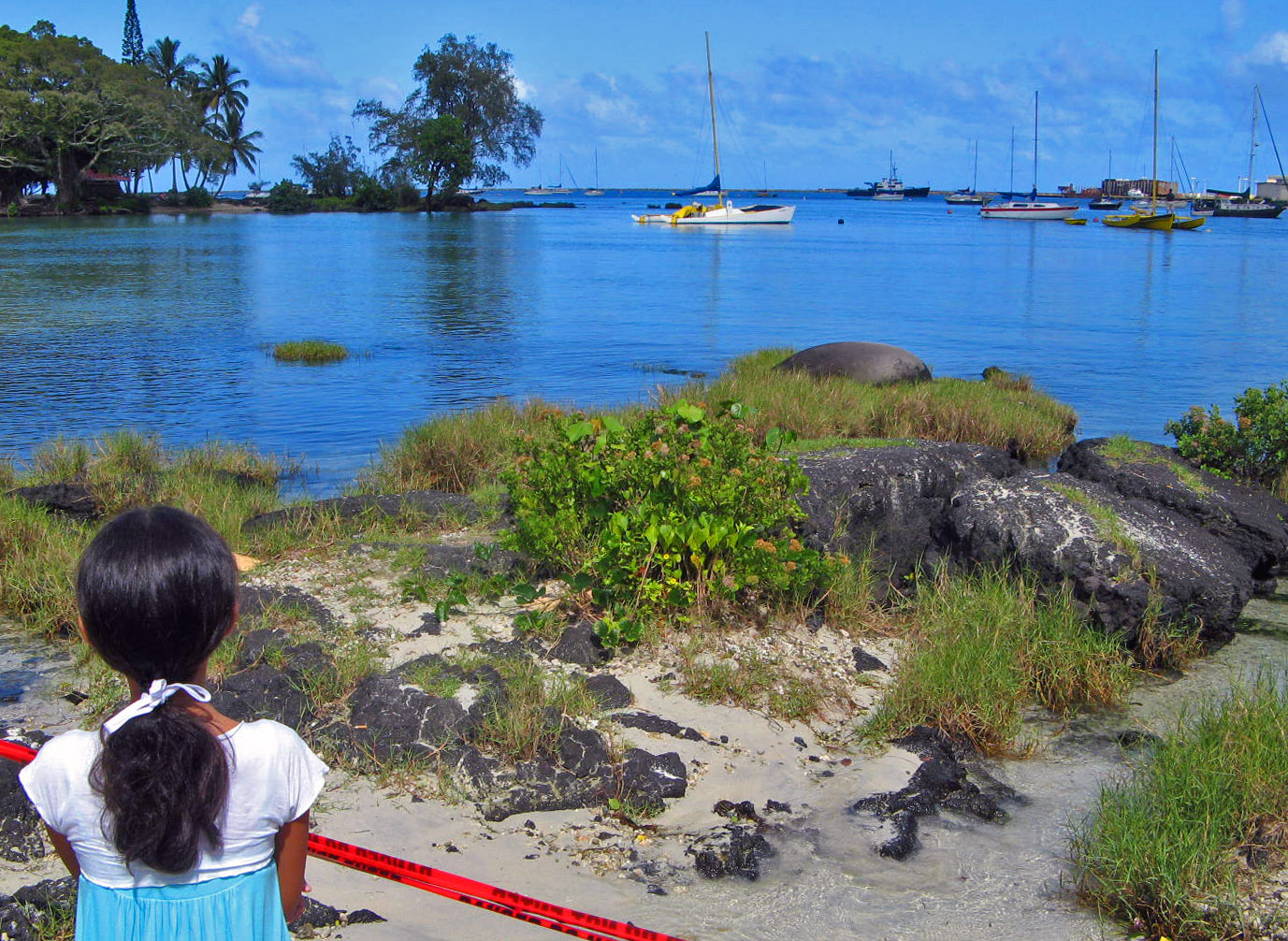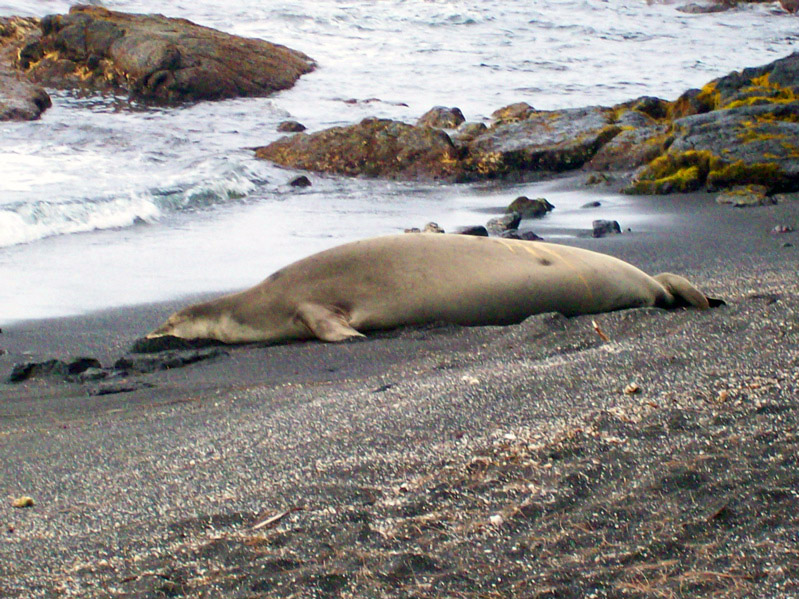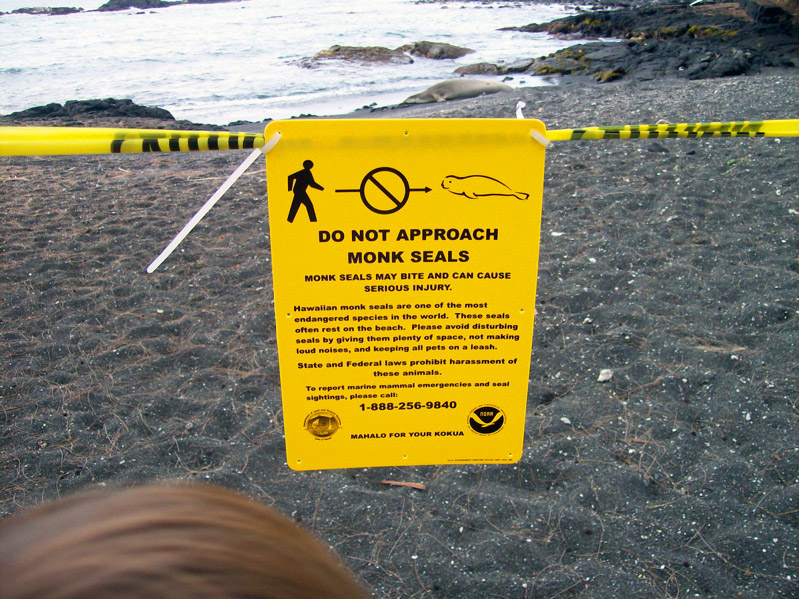Living sustainably doesn’t have to mean growing your own food. Richard and some of our other agricultural gurus can do that for us.
It can also mean making the best use of what you already have, and then passing it along to someone else when you aren’t using it anymore.
That’s where Freecycle comes in.
“It’s a conservation movement, really,” says Sonia Martinez, who moderates the Freecycle Big Island group. “It’s a place – an Internet place, there’s no actual physical location – where members who have things they don’t use any longer, but that still have use, they offer it. And members who are looking for something like that apply for it.
“We have members who post ‘wanted’ posts, which can jog the memory of someone else: ‘Oh yeah, I have something like that in my garage but I’ve never used it.’”
Sonia founded the Big Island’s Freecycle group four years ago and it now has more than 2000 members.
“When I first moved here,” she says, “I started hearing about how the Hilo landfill is filling up and we are taking truckloads of trash over to Kona. Back on the mainland, they would just build a Mt. Trashmore, and cover it with dirt and then cover that with grass.
“I read an article about Freecycle and thought, this is exactly what we need here,” she says.
“It’s amazing the amount of stuff we keep from going to the landfill,” she says – everything from coloring pencils and paper to Jacuzzis, refrigerators and freezers. “Sometimes a contractor is redoing a hotel or house,” she says, “and he has a bunch of bathroom sinks or commodes that are too good to trash, and he will offer it. People on the island who are building their houses use a lot of Freecycle material. It gives items a second and third life.”
“And it’s free; no strings attached,” she says. Swaps, trades and barters are not allowed. (Though those are also good options for recycling, that’s not how Freecycle works.)
Sonia and some Freecycle member volunteers set up a booth at the recent E Malama ‘Aina festival, where they offered a unique, in-person, Freecycle experience. Members donated items to display at the booth, and anybody could go by and take something for free.
“There was a Hello Kitty electric fan,” she says, “a lot of books, fruit, mugs, a camera lens. Most went. The few things that didn’t go, a member volunteered to take the books to the Pahoa library, and took the rest to Goodwill. We didn’t have anything left.”
Now that’s how it’s supposed to work!
To learn more or to join Freecycle, click here.











